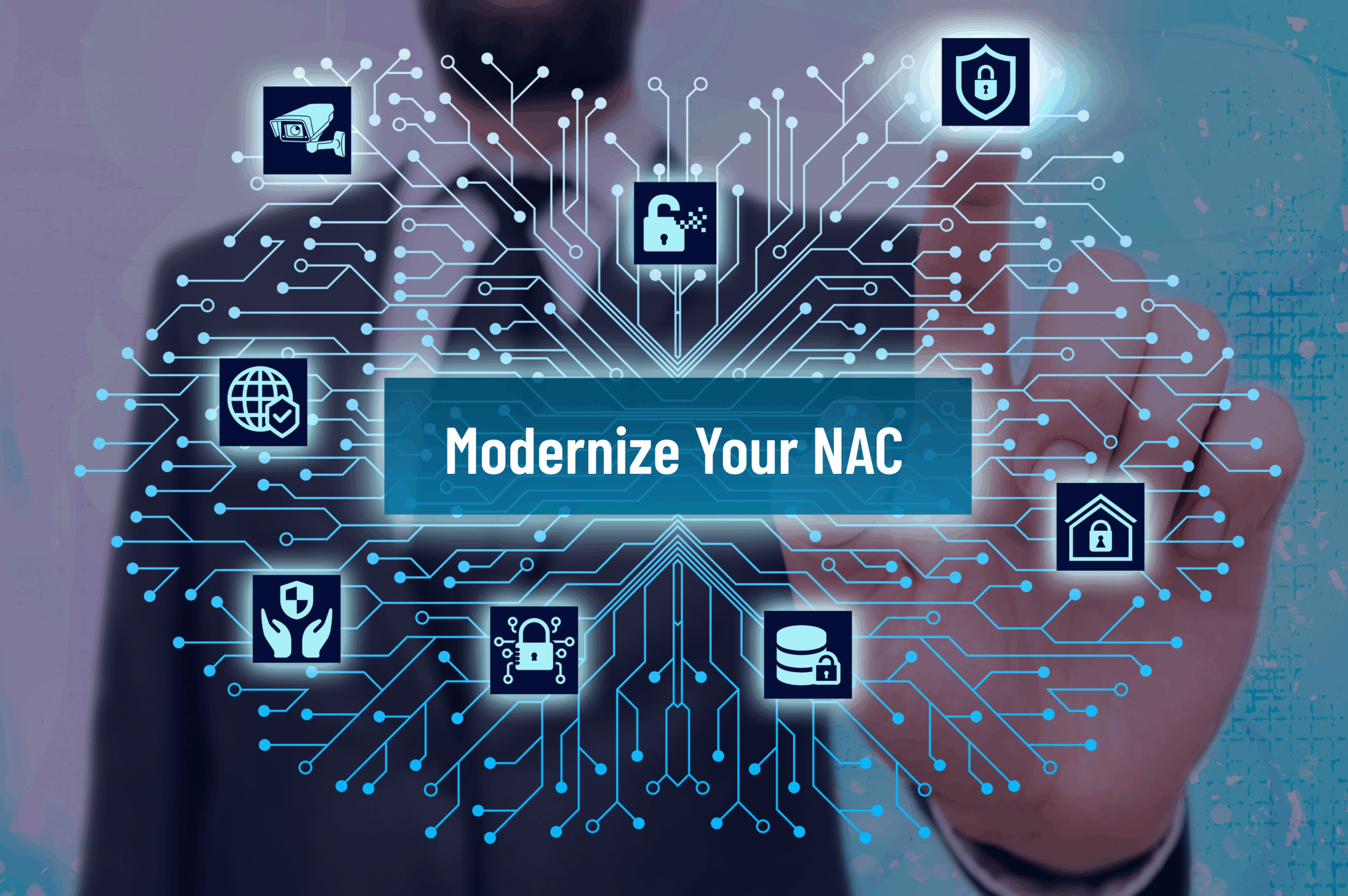When someone connects a new device to your network, you’d expect it to just work, right? But if you’re handling network admission control, especially in a professional or enterprise setting, you know it’s rarely that simple. Device registration errors crop up often and can leave your team scrambling. Whether it’s a personal laptop, printer, company-owned tablet, or a new IoT device, each one needs to be registered cleanly before it can get access. And when it doesn’t register properly, the fallout can lead to wasteful downtime or even larger security gaps if not resolved quickly.
Device registration might sound like a background step, but it plays a big part in your overall network health. With so many moving parts like identity checks, policy enforcement, compatibility, and access control, there’s a lot that can go wrong. The goal here is simple: make sure every device that tries to join the network has been checked, cleared, recorded, and managed without hiccups. But if that process fails, even small delays or missteps can cause friction between teams and leave IT departments putting out fires they didn’t plan for.
Common Issues in Device Registration
It doesn’t take much to throw off the device registration process. Sometimes a simple typo or forgotten setting can block a device from getting onto the network or worse, let a risky one slip through. Here are the most common reasons network admission control ends up hitting a wall:
- Incorrect device information: If a team member enters wrong details during enrollment, like a mislabeled MAC address or inputting the wrong device type, authentication could fail. It’s like showing up at the airport with the wrong ID. The system doesn’t know who or what is trying to pass through.
- Network configuration errors: Even if the device details are fine, it won’t matter if the network isn’t set up to recognize or allow the device’s traffic. VLAN misassignments, outdated policies, or firewall rules can all block legitimate attempts to register.
- Incompatible device types: With new device types constantly hitting the market, legacy systems may fail to recognize them. This causes a snag when your existing policy expects a standard laptop, but a user connects a smartwatch or a connected sensor instead.
Imagine trying to onboard a team member’s brand-new phone but finding that the system thinks it’s a rogue device. They’re stuck without access, you’re fielding tickets, and security logs start to fill with failed connection attempts. That kind of daily slowdown can start from what seems like a small issue but ends up hurting productivity and security both.
Being able to quickly spot whether it’s a user-side error, policy misalignment, or system limitation makes all the difference. Fixing these blocks early prevents repeat issues and keeps your network running smoothly. Better yet, it makes everything else like reporting, auditing, and compliance a whole lot easier down the line.
Troubleshooting Network Admission Control Failures
Even with everything set up correctly, devices might still have a hard time gaining access. Troubleshooting these hiccups will save both time and frustration. Here are a few key steps to help spot and fix these problems:
- Verifying Device Credentials: Double-check that the information registered matches what the system expects. Typos or swapped numbers, especially in MAC addresses, can create big issues that are often overlooked.
- Checking Network Connectivity: It’s always good to confirm if the network itself is functioning as expected. A poor Wi-Fi signal, faulty switch, or misrouted traffic could easily look like a device problem when it’s really a connection issue.
- Ensuring Firmware Compatibility: Devices running outdated firmware may not be compatible with your security and access controls. Updating to supported firmware versions can prevent registration failures from happening in the first place.
Think about a situation where a smart thermostat fails to register because its firmware hasn’t been updated. That’s a quick fix, sure, but one that many teams overlook until they’ve spent too long guessing at more complex issues. Making sure the basics are covered first can avoid hours of unnecessary troubleshooting.
Best Practices for Smooth Device Registration
To avoid frequent issues with device registration, adopting a few standard practices can save time and protect your network:
- Regular Network Audits: Reviewing your setup regularly helps you find outdated configurations or policies before a new device gets blocked or miscategorized.
- Employee Training on Correct Procedures: Simple human errors are often the cause of registration issues. Training your staff on how to correctly register and maintain their devices helps reduce the chance of mistakes.
- Keeping Documentation Up-To-Date: Keep current records of device types, network permissions, and setup standards. This helps when someone needs to troubleshoot an issue or when updating policies later.
Smooth device registration doesn’t usually happen by accident. It takes planning and the right routines to make sure everything works as it should. With these steps, your IT team avoids being bogged down with routine problems and instead can focus on more strategic work.
Why Proper Device Registration Matters for Network Security
Sometimes missed steps in device enrollment aren’t seen as a big deal at first. Maybe the device belongs to someone the team trusts or has connected with no problems before. But that kind of assumption can lead to serious gaps over time.
If even a single unknown or misclassified device gets access to your network with weak credentials or no logging, it might act as an entry point for malware or bad actors. You need every device that touches your environment to be vetted and confirmed without exception.
Good device registration gives your IT team visibility and control. Every device approved for access is another checkmark in your security log and another place where flaws can be stopped early. It supports your broader access control and monitoring efforts and helps to show compliance with internal and external regulations. Accurate registration also reduces operational friction, meaning fewer headaches for everyone involved.
Consistency in how you onboard and manage devices allows for smoother audits, smarter decisions, and faster resolutions when problems do show up. The stronger your registration process, the easier it is to isolate and resolve problems before they escalate.
Enhancing Your Network Admission Control with Portnox
Any IT team knows how quickly time gets eaten up when device registration doesn’t go right. Whether users are locked out or unapproved hardware finds a way in, those moments create risks and pull attention away from more important tasks.
That’s where a streamlined approach to network admission control makes a real difference. It not only stops the problems before they happen, but makes handling those rare incidents faster and less stressful. From knowing which devices are where, to quickly enforcing policies as soon as a new connection is made, having visibility and control can save time and protect your environment. With the right solution in place, you don’t have to constantly play catch-up. You can stay ahead.
Ensuring your network stays secure and efficient is a key priority. If you’re curious about enhancing your network defense and smoothing out any device onboarding issues, you might want to dive deeper into how network admission control can fit into your strategy. At Portnox, we know that managing device registrations without any hassles can safeguard your network from unwanted interruptions, helping your team focus on what matters most. Consider exploring how this solution can ease your process and strengthen your network’s security.
Try Portnox Cloud for Free Today
Gain access to all of Portnox's powerful zero trust access control free capabilities for 30 days!




